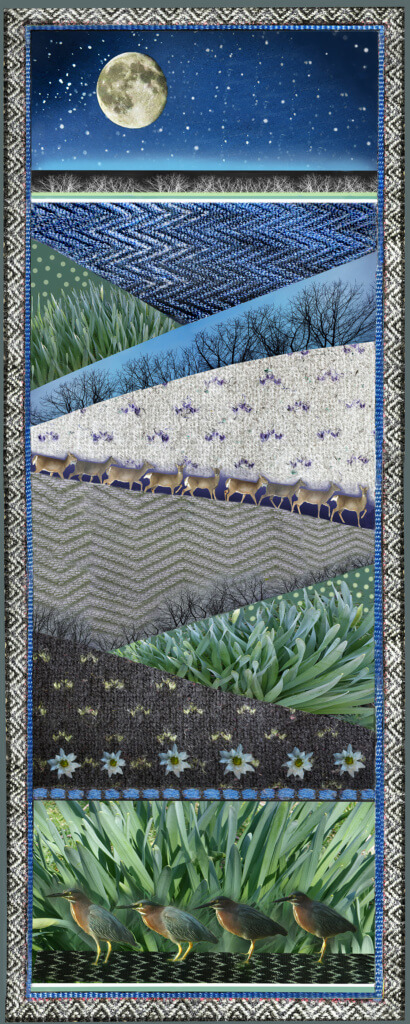 “Perhaps expanding on what hope means to you,” a friend wrote in the feedback she gave for my new photo essay book, to be published in May. In the book, Nevergone: Reframing the Death and Grieving of the One You Love, through intricate Photo-shopped pictures and short essays, I explore different ways one grieves and may view death. At the beginning and end of the book I wish for hope for my readers. But I had not expanded on the meaning of hope, even though it is the backbone of the book, and a vital resource for surviving tough times.
“Perhaps expanding on what hope means to you,” a friend wrote in the feedback she gave for my new photo essay book, to be published in May. In the book, Nevergone: Reframing the Death and Grieving of the One You Love, through intricate Photo-shopped pictures and short essays, I explore different ways one grieves and may view death. At the beginning and end of the book I wish for hope for my readers. But I had not expanded on the meaning of hope, even though it is the backbone of the book, and a vital resource for surviving tough times.
When immobilized by a problem, like writing about hope or being grateful, I make lists. It’s a way to stop procrastinating and begin to wade into the challenge painlessly. So my problem of hope became a list.
What hope means. To me:
Believing in new possibilities, believing there is more.
Light in the darkness.
Emily Dickinson’s “thing with feathers that perches in the soul.”
Positive thinking, Wishing.
Something that makes us stronger and braver than we ever believed we could be.
Daring to imagine that everything will work out okay.
The thing that encourages me to keep living, loving, searching, …singing to the moon, despite what life has thrown at me.
The voice in my head that whispers “maybe” when all else is screaming “no way.”
At nighttime I took the problem to bed, and when morning came, I took it with me on a hike in the deep dark woods. There, on steep slopes covered with decayed leaves and the debris of winter thawing, growing wedged between rocks and fallen branches, I found tiny wildflowers called snowdrops blooming brightly in sparse patches of light.
What does hope mean to you?
Please Share on your Social Media
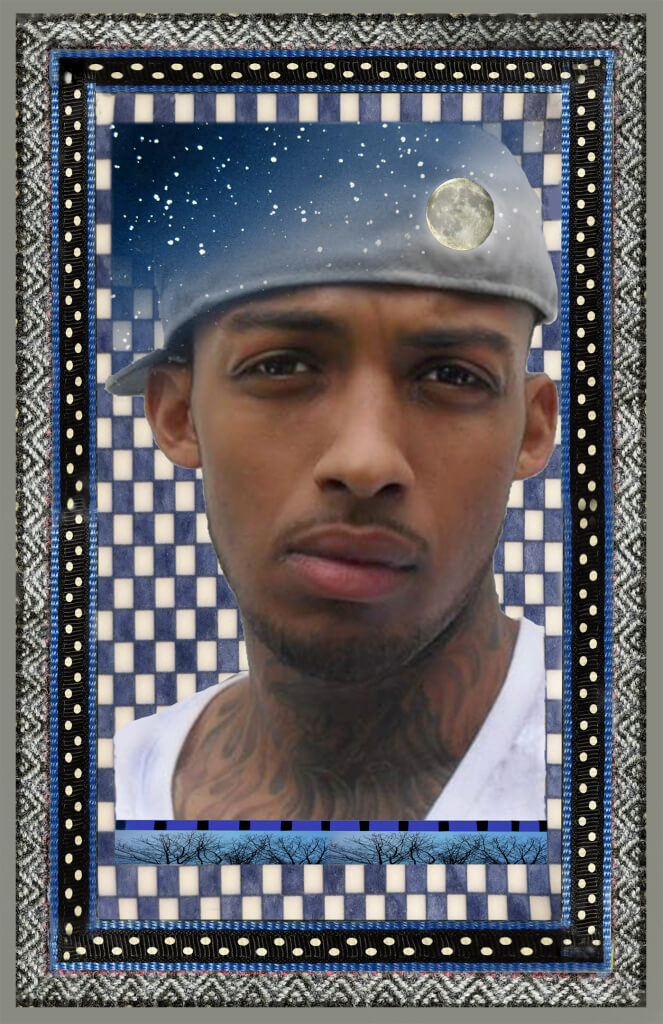 Many rave about watching a birth. But maybe more awesome is witnessing life’s end. Years ago I tried to watch departing life evaporate into nowhere from the still form of my father. I stared, transfixed on the invisible drama, waiting for signs of a soul already taken flight: the just-stopped pulse, the empty lifeless eyes. My father’s half open, black marble eyes still caught glimpses of light. For how long could he see me? He lay there calm and still while his family shook in sobs. I could not tell if the life ebbed out of him slowly, or if it left as in the flick of a switch.
Many rave about watching a birth. But maybe more awesome is witnessing life’s end. Years ago I tried to watch departing life evaporate into nowhere from the still form of my father. I stared, transfixed on the invisible drama, waiting for signs of a soul already taken flight: the just-stopped pulse, the empty lifeless eyes. My father’s half open, black marble eyes still caught glimpses of light. For how long could he see me? He lay there calm and still while his family shook in sobs. I could not tell if the life ebbed out of him slowly, or if it left as in the flick of a switch. My father taught me to sweat a hundred hours before spending a hundred dollars. He died six years ago. But he still shows up for every move I make involving money. He is also in my thoughts when I’m near an ocean, or when I hear an airplane flying overhead.
My father taught me to sweat a hundred hours before spending a hundred dollars. He died six years ago. But he still shows up for every move I make involving money. He is also in my thoughts when I’m near an ocean, or when I hear an airplane flying overhead.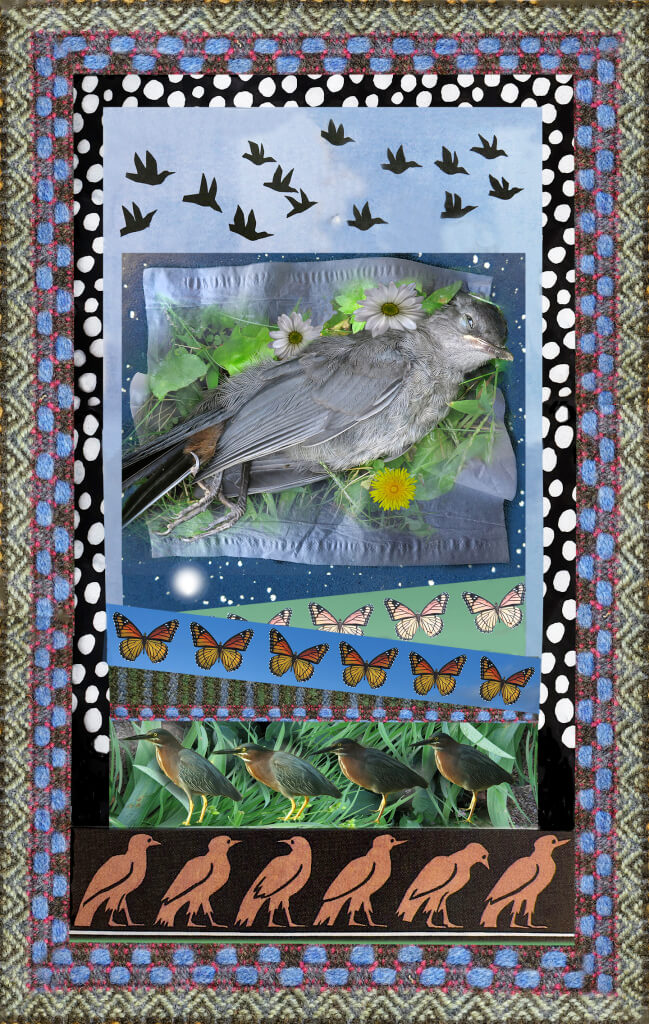 This sky lantern is for you, beautiful one, wherever you are. For your, (what do they call it?), birthday-in-heaven. Also, since the lanterns came only by the dozen, I’m mailing the other eleven to family and friends. So in this month before your birthday, you will get twelve lantern-launching ceremonies. If I could send you a dozen roses or a trillion chocolate Kit-Kat bars, I would. I love you. Lots. I didn’t really need to write this on the lantern; I’d already said it, in our driveway under an almost-full moon, to my daughter who died.
This sky lantern is for you, beautiful one, wherever you are. For your, (what do they call it?), birthday-in-heaven. Also, since the lanterns came only by the dozen, I’m mailing the other eleven to family and friends. So in this month before your birthday, you will get twelve lantern-launching ceremonies. If I could send you a dozen roses or a trillion chocolate Kit-Kat bars, I would. I love you. Lots. I didn’t really need to write this on the lantern; I’d already said it, in our driveway under an almost-full moon, to my daughter who died.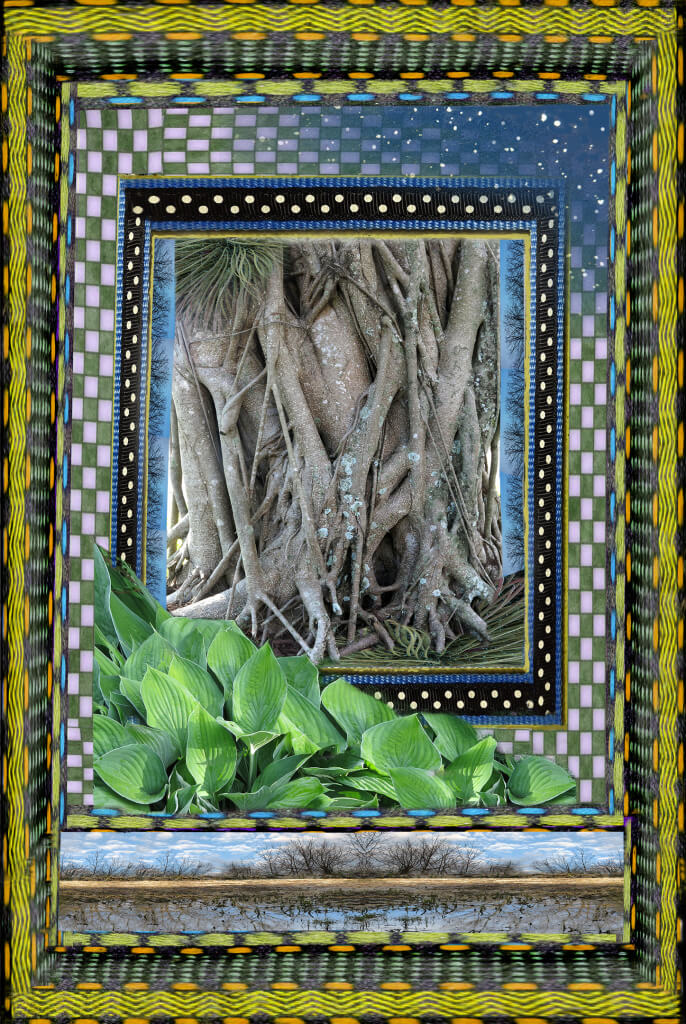 After life, as I knew it, got shot to the stars, grief charred me from the inside out. There were good days and bad days. I sometimes forgot my sadness. Briefly. Other times, for days, I’d be cranky and complain, “I can’t do this. I hate this. This is too hard.”
After life, as I knew it, got shot to the stars, grief charred me from the inside out. There were good days and bad days. I sometimes forgot my sadness. Briefly. Other times, for days, I’d be cranky and complain, “I can’t do this. I hate this. This is too hard.”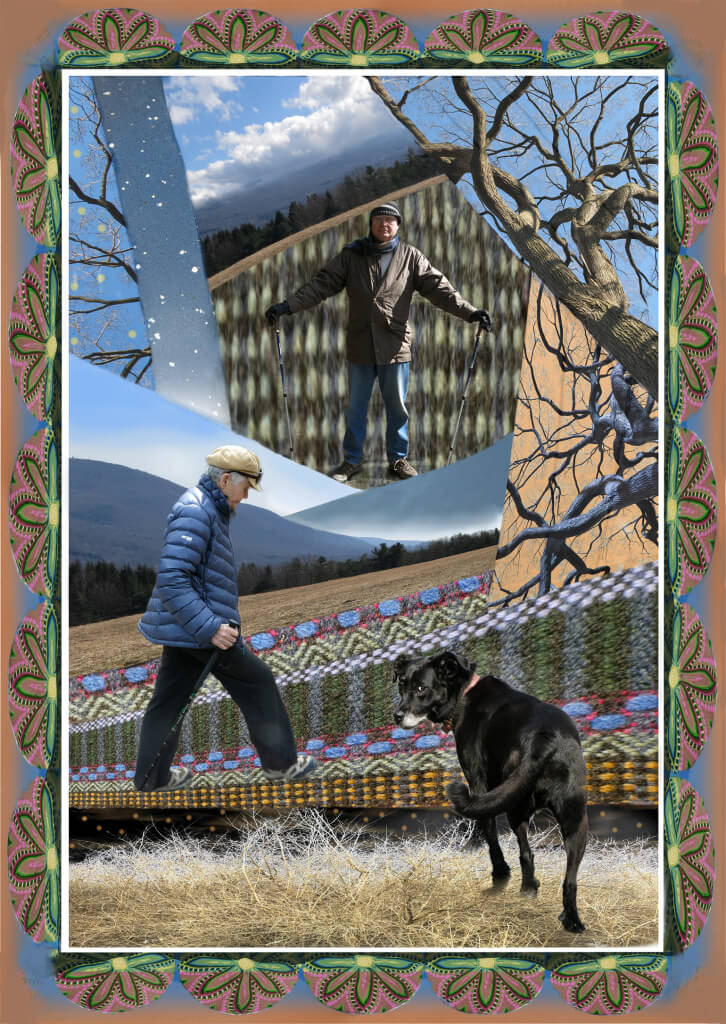 There are always a hundred reasons not to go walking. It’s too cold. It’s muddy. There’s too much else to do, you just walked yesterday…. But to deal with depression, grief, or stress, you should make walking a regular part of your life.
There are always a hundred reasons not to go walking. It’s too cold. It’s muddy. There’s too much else to do, you just walked yesterday…. But to deal with depression, grief, or stress, you should make walking a regular part of your life.